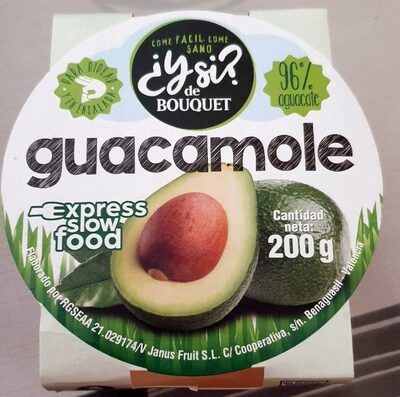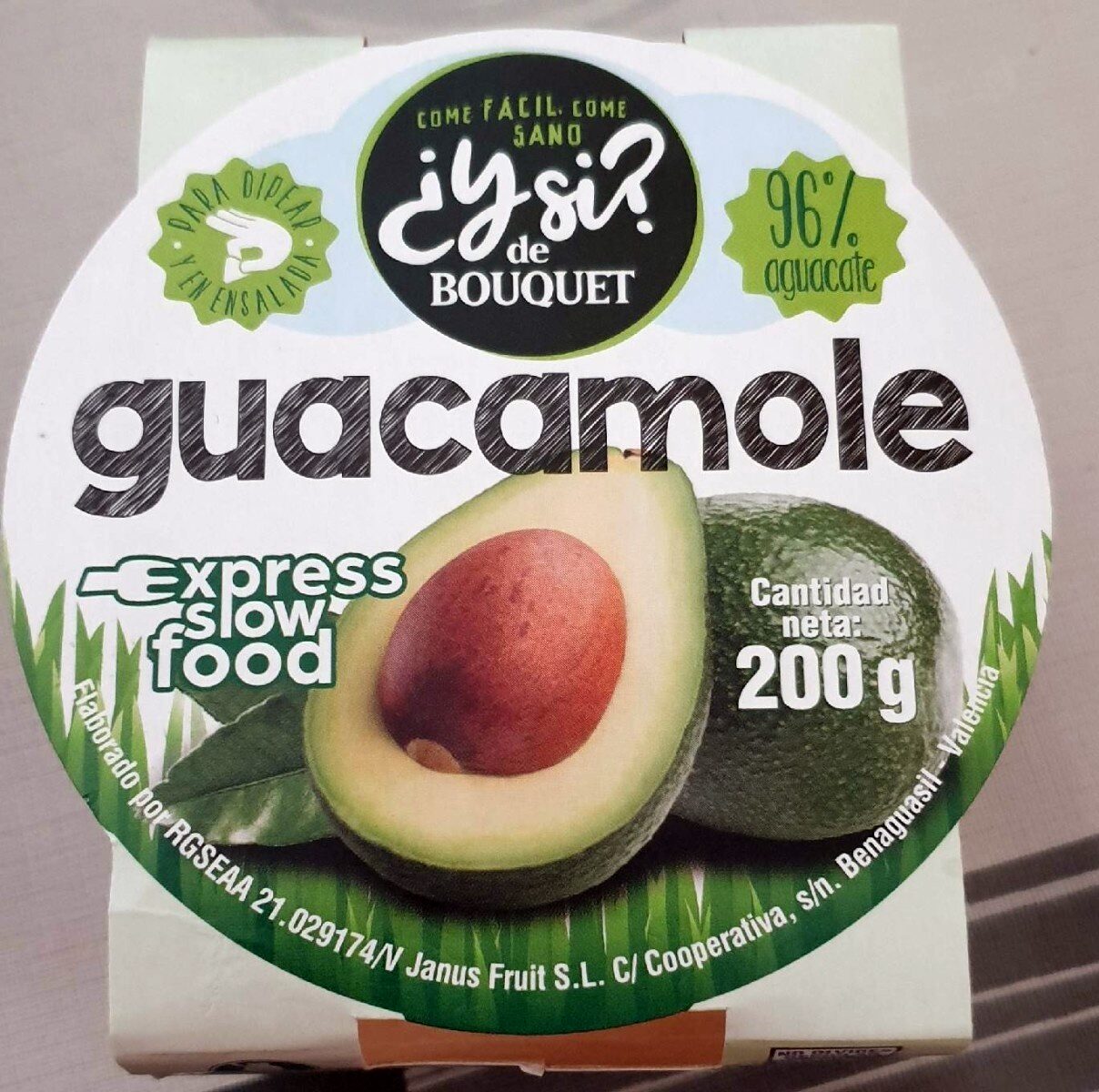Guacamole - ¿Y si? de Bouquet - 200 g
This product page is not complete. You can help to complete it by editing it and adding more data from the photos we have, or by taking more photos using the app for Android or iPhone/iPad. Thank you!
×
Barra-kodea: 8412276363444 (EAN / EAN-13)
Izen arrunta: Guacamole
Kopurua: 200 g
Ontziratzea: en:Plastic, en:container, en:Protective gas, en:Refrigerated, en:Terrine pot, es:Green dot
Markak: ¿Y si? de Bouquet
Kategoriak: en:Plant-based foods and beverages, en:Plant-based foods, en:Condiments, en:Spreads, en:Plant-based spreads, en:Sauces, en:Dips, en:Guacamoles, en:groceries
Etiketak, ziurtagiriak, sariak:
en:No gluten, Source of fibre, en:Green Dot, High fibres, en:No lactose, Nutriscore, Nutriscore A
Manufacturing or processing places: Spain
Link to the product page on the official site of the producer: https://ysibouquet.com/vegetales-untable...
Saltzen diren herrialdeak: Espainia
Matching with your preferences
Report a problem
Datuen iturria
Product added on by elcoco
Last edit of product page on by packbot.
Produktuaren orria -gatik editatua 6ko12, alia, elcoco.9bc49ce1be66f675174b67e6b707ae99, kiliweb, musarana, neptuno, openfoodfacts-contributors, roboto-app, yuka.U7Z-LsOoOdIADcPM0oI5hx21P8P_GsUDFycmow, yuka.WGFGUUtxb2ZxUEk2dWZSbHhUV08zTWxmbTdtTFZtTHNjZmN5SVE9PQ.












